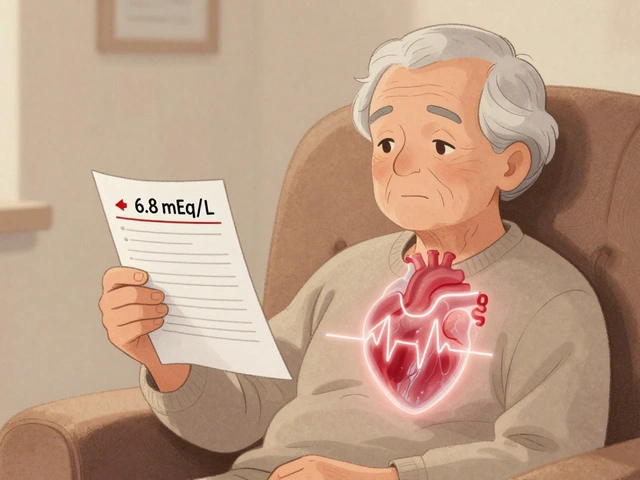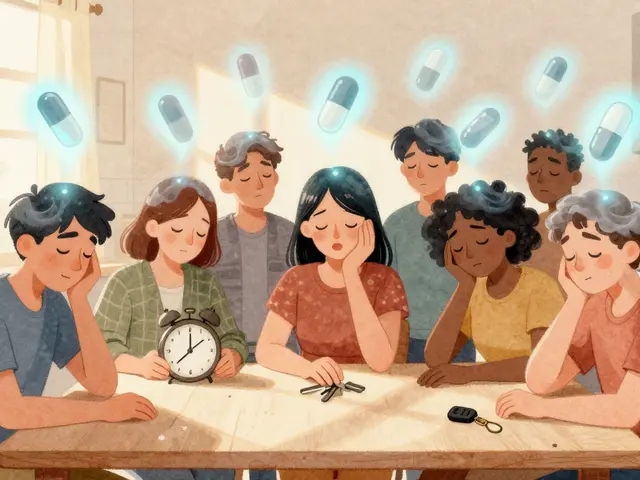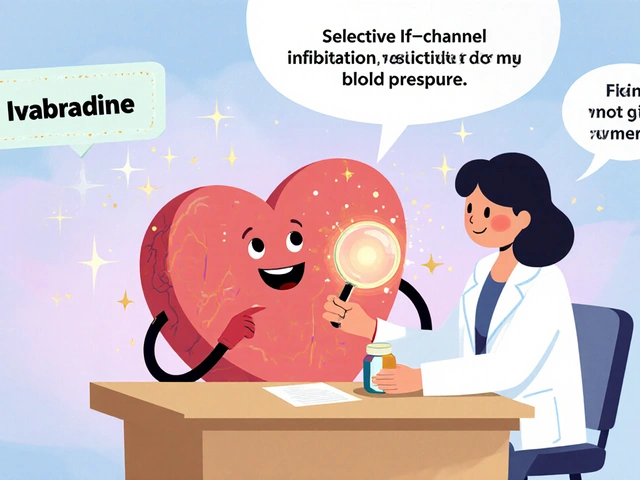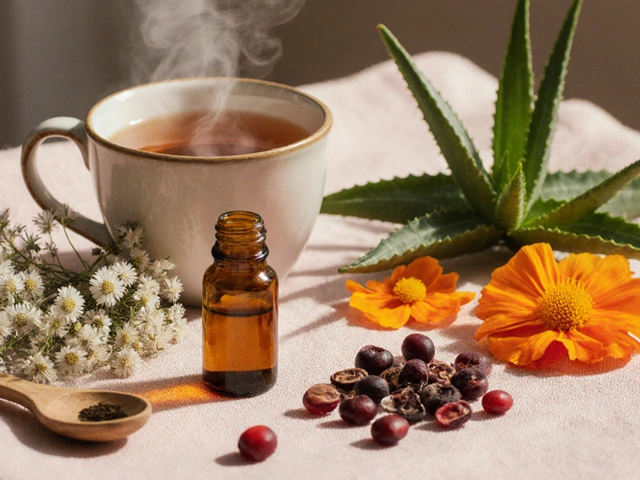Sunlight exposure: how to get benefits without the harm
Sun feels good, lifts your mood, and helps your body make vitamin D. But too much sun raises the risk of sunburn, early skin aging, and skin cancer. This page gives clear, practical tips you can use today—how much sun you might need, when to avoid it, and easy safety steps.
How much sun do you need?
There’s no one-size-fits-all answer. Skin tone, age, where you live, and the season all change how much sun makes vitamin D. As a rough guide: if you have fair skin, 10–20 minutes of sun on face, arms, or hands around midday a few times a week often helps. If your skin is darker, 30 minutes or more may be needed. Older adults and people with limited sun exposure often need supplements because the skin makes less vitamin D with age.
Don’t rely on glass windows for vitamin D—ordinary windows block most UVB rays that trigger vitamin D production. Also check the local UV index: when it’s 3 or higher, take protective steps if you’ll be outside longer than brief exposure.
How to get sun safely
Want the benefits without the damage? Use these simple habits:
- Time it. Short exposures around mid-morning or late afternoon reduce burn risk compared with peak sun (usually 10 a.m.–4 p.m.). - Use sunscreen. Apply a broad-spectrum SPF 30+ on skin you’ll expose for more than 15 minutes. Put it on 15 minutes before going outside and reapply every two hours or after swimming/sweating. - Cover up when needed. Wear a hat, sunglasses, and long sleeves or lightweight layers when you’ll be outside a long time. - Watch meds. Some common drugs make skin more sensitive to sun: certain antibiotics (like doxycycline), some acne medicines (isotretinoin), and some blood-pressure or mood drugs. Ask your pharmacist or doctor if a medicine you take raises sun sensitivity.
For people with specific health concerns—pregnant people, babies under 6 months, or those with immune problems—limit direct sun and check with a clinician about vitamin D needs and protection strategies.
Food and supplements help too: fatty fish (salmon, mackerel), fortified milk, and vitamin D supplements are safe ways to keep levels up if you can’t get enough sun. Typical supplement doses are often 600–800 IU for adults, but older adults and people with low blood levels may need higher amounts—ask your doctor for a blood test and a personal dose recommendation.
Small, consistent steps beat extremes. Aim for short, regular sun exposure when it’s safe, use protection when you need it, and check in with your doctor about vitamin D if you’re unsure. Quick habit changes—sunscreen in your bag, a hat in the car, reading the UV index—make big differences over time.
22
Unlocking the Sunshine Vitamin: Is Your Vitamin D Intake Sufficient?
Vitamin D is essential for strong bones, a healthy immune system, and overall wellness, yet many people don't get enough of this vital nutrient. While sun exposure is a natural source, dietary supplements may help fill the gap, especially in areas with long winters or for individuals with limited sun exposure. This article covers the importance of Vitamin D, potential deficiency risks, ways to boost your levels through diet and supplements, and how to choose the right product for your needs.
Latest Posts
Popular Posts
-
 Acromegaly: Understanding Excess Growth Hormone and Effective Treatment Options
Acromegaly: Understanding Excess Growth Hormone and Effective Treatment Options
-
 Medication-Induced Diarrhea: How to Prevent and Treat It Effectively
Medication-Induced Diarrhea: How to Prevent and Treat It Effectively
-
 Over-the-Counter Medication Safety: Hidden Ingredients and Interactions You Can't Afford to Ignore
Over-the-Counter Medication Safety: Hidden Ingredients and Interactions You Can't Afford to Ignore
-
 Dangerous Hyperkalemia from Medications: Cardiac Risks and Treatment
Dangerous Hyperkalemia from Medications: Cardiac Risks and Treatment
-
 Medication-Induced Drowsiness: What Causes It and How to Manage It
Medication-Induced Drowsiness: What Causes It and How to Manage It



